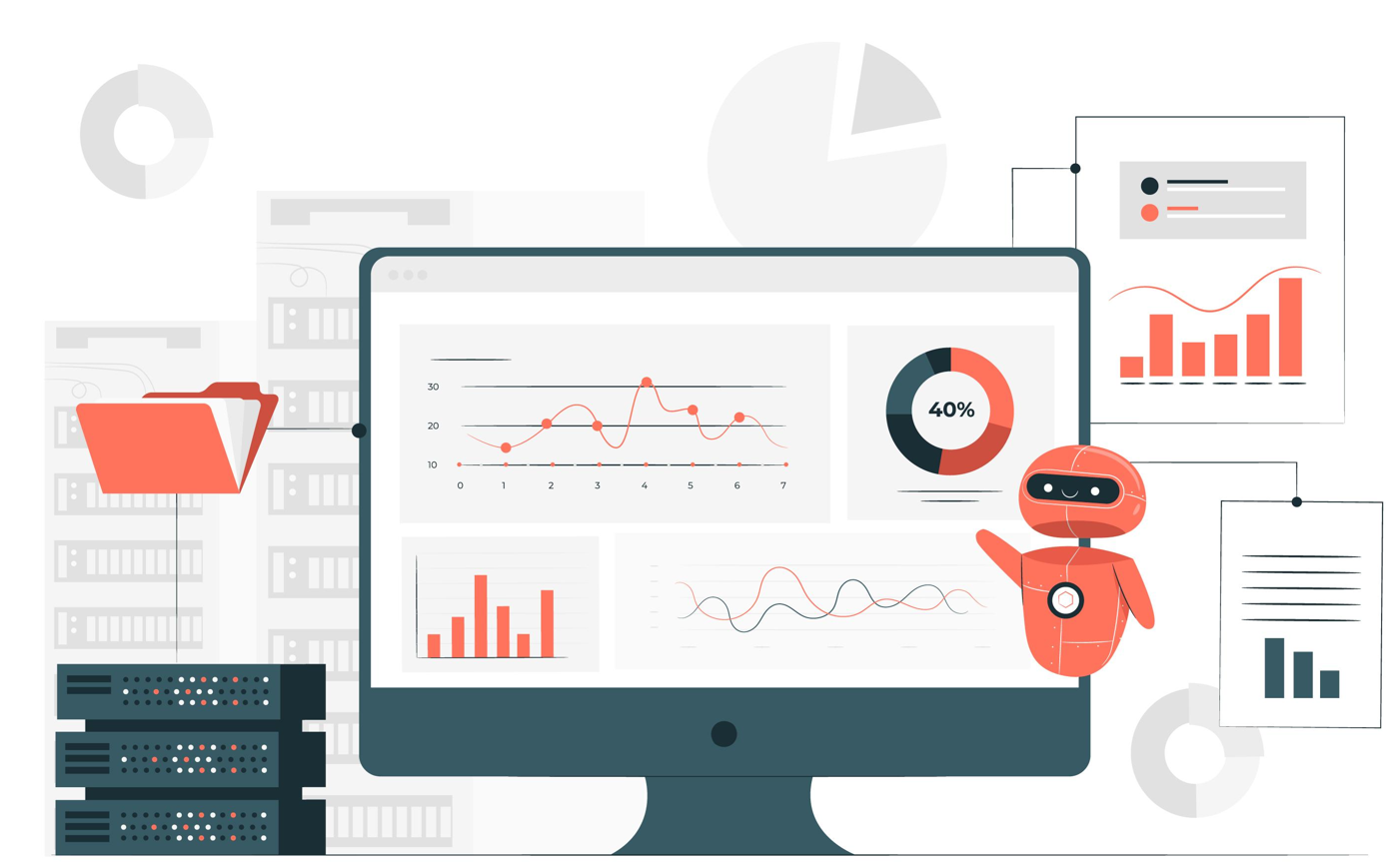In today’s competitive business landscape, customer satisfaction stands as a paramount metric that can make or break a company’s success. Accurate measurement of customer satisfaction isn’t just about checking a box; it’s about gaining deep insights into what customers truly think and feel about your products or services. This comprehensive guide delves into the art and science of measuring customer satisfaction accurately. From choosing the right metrics to harnessing the power of surveys, interviews, social media, and data analysis, we’ll explore the methods and strategies that will enable businesses to gain a clear, unfiltered view of customer sentiment. By the end of this journey, you’ll be equipped with the tools and knowledge needed to not only measure customer satisfaction but also transform it into a driving force for continuous improvement and business growth.
Why Accurate Measurement Matters
Accurate measurement of customer satisfaction is the linchpin of a successful business strategy. It matters because it provides a clear and reliable gauge of how well your products or services meet your customers’ expectations and needs. Inaccurate or superficial measurements can lead to misguided decisions, missed opportunities for improvement, and ultimately, dissatisfied customers. Accurate measurement, on the other hand, enables you to pinpoint areas where you excel and areas where you fall short, empowering you to make informed adjustments, foster stronger customer loyalty, and ensure long-term business viability.
Moreover, accurate measurement of customer satisfaction goes beyond mere data collection; it informs a business’s entire approach to customer-centricity. It demonstrates to your customers that you value their opinions and are committed to delivering exceptional experiences. In an era where consumers have more choices than ever before, accurate measurement serves as a competitive advantage, setting your brand apart as one that actively listens, adapts, and strives for excellence. It’s not just about the numbers; it’s about fostering trust, building lasting relationships, and cultivating a reputation for quality that resonates with both current and prospective customers.
Choose the Right Metrics
Selecting the right metrics for measuring customer satisfaction is akin to selecting the right tool for a specific task. Each metric offers a unique perspective on customer sentiment and engagement, and the key lies in aligning them with your business goals and objectives. Net Promoter Score (NPS) can help gauge customer loyalty and advocacy, while Customer Satisfaction Score (CSAT) measures overall satisfaction with a particular interaction or experience. Customer Effort Score (CES), on the other hand, assesses the ease with which customers can accomplish their goals. To choose the right metrics, it’s essential to consider the specific insights you seek and how each metric aligns with your overarching strategy.
Moreover, it’s often valuable to use a combination of metrics to get a holistic view of customer satisfaction. By triangulating data from various sources, you can uncover nuanced insights that might be missed by relying on a single metric alone. Remember that the right metrics should not only help you understand the present state of customer satisfaction but also guide your efforts toward improvement. Flexibility and adaptability in metric selection are crucial as business objectives and customer expectations evolve over time.
Surveys and Feedback
Surveys and feedback mechanisms are the backbone of any effective customer satisfaction measurement strategy. Surveys, in particular, provide a structured and scalable means of gathering valuable insights directly from customers. They allow you to craft tailored questions that target specific aspects of the customer experience, enabling you to uncover pain points, preferences, and areas for improvement. Moreover, surveys provide a platform for customers to share their opinions openly, offering qualitative data that complements quantitative metrics. When integrated into your feedback process, surveys not only provide a snapshot of satisfaction but also offer a dynamic channel for ongoing dialogue, enabling businesses to actively respond to customer feedback and continuously enhance their offerings.
Customer Interviews and Focus Groups
Customer interviews and focus groups serve as indispensable tools for delving deeper into customer satisfaction, offering qualitative insights that surveys and quantitative metrics may not capture fully. Customer interviews involve one-on-one conversations with select customers, providing a personalized and in-depth exploration of their experiences, preferences, and pain points. These interviews can unveil nuanced feedback and uncover hidden issues that impact satisfaction. On the other hand, focus groups bring together a small group of customers to discuss specific topics or experiences, fostering dynamic discussions that reveal shared sentiments and varying perspectives.
Both methods allow businesses to gain a richer understanding of the “why” behind customer satisfaction or dissatisfaction. They provide a platform for customers to express themselves openly, share anecdotes, and provide context to their responses. By conducting interviews and focus groups, you not only gather valuable qualitative data but also demonstrate a commitment to listening and understanding your customers on a personal level. This human-centered approach not only deepens your insight but also fosters trust and goodwill among your customer base, positioning your brand as one that genuinely cares about their experiences and needs.
Social Media and Online Reviews
Social media and online reviews have become dynamic arenas for measuring customer satisfaction in today’s digital age. Monitoring these channels provides businesses with real-time insights into customer sentiment, enabling them to gauge satisfaction as conversations unfold. Social listening tools and sentiment analysis can help interpret the tone and context of online discussions, whether they occur on social media platforms, review sites, or forums. This data not only offers an immediate pulse on customer perceptions but also provides opportunities for timely engagement, issue resolution, and reputation management. By harnessing the power of social media and online reviews, businesses can proactively address concerns, amplify positive experiences, and ultimately steer their customer satisfaction efforts in the right direction.
Data Analysis and Actionable Insights
Data analysis is the pivotal bridge between collecting customer satisfaction data and transforming it into actionable insights. Through careful examination of survey results, feedback, and other metrics, businesses can unearth patterns, trends, and areas requiring attention. This analytical process empowers organizations to make informed decisions and formulate strategies for improvement.
Moreover, it’s not merely about reporting statistics but about understanding the “why” behind the numbers. Actionable insights are derived by delving deeper into the data to uncover root causes, correlations, and relationships that may not be immediately apparent. By translating data into actionable insights, businesses can chart a course of action that addresses customer pain points, optimizes processes, and ultimately elevates customer satisfaction to new heights.
Benchmarking and Comparisons
Benchmarking and comparisons are essential elements of a robust customer satisfaction measurement strategy. By assessing your own performance against industry standards and competitors, you gain valuable context for understanding your strengths and areas for improvement. Benchmarking allows you to set realistic goals, identify gaps, and prioritize areas that require attention. It also enables you to stay attuned to evolving industry trends and customer expectations.
Moreover, sharing benchmarking data transparently with stakeholders can foster a culture of continuous improvement within your organization, as it underscores the importance of not just meeting but surpassing customer satisfaction benchmarks to stay competitive in today’s ever-changing business landscape.
Wrapping Up
In the pursuit of accurately measuring customer satisfaction, businesses embark on a journey to understand, engage, and enhance the experiences of their customers. From choosing the right metrics to harnessing the power of surveys, interviews, social media, and data analysis, we’ve explored a comprehensive toolkit for this mission. Yet, the journey doesn’t end here; it’s an ongoing commitment to listen, adapt, and evolve.
By placing customer satisfaction at the heart of their operations, businesses can cultivate stronger customer relationships, drive loyalty, and position themselves as trusted brands in their respective industries. So, as we conclude this exploration of measuring customer satisfaction accurately, remember that the true value lies not only in the data collected but in the actions taken to continually improve and exceed customer expectations. It’s a journey that leads to sustainable success, driven by the unwavering pursuit of customer satisfaction.









